
Пин на доске By Demons Be Driven
Like the rest of us, artists have been drawn to Dante's extraordinary images and extensive fantasy geography since the Divine Comedy first appeared (1308-1320). In prolific French artist Gustave Doré's rendering of the ninth circle scene, above, Satan is a huge, bearded grump with wings and horns.

Hieronymus Bosch The Last Judgement Hieronymus bosch paintings
Botticelli depicted an "abyss of hell" through nine concentric circles culminating at the center of the earth, where Satan is held in Bondage. Dante's journey of hell was accompanied by the.

El carro de heno, El Bosco. Hacia 1516. Óleo sobre Tabla.147 cm x 212
Book: Divine Comedy Topics: Canto, Corruption, Mortality, Religion, Suicide Pages: 3 Words: 1273 Views: 1419 See Entire Document Download Document Text Preview The Garden of Earthly Delights painted by Hieronymus Bosch, depicts many vivid fictional scenes in triptych style.

Pin on Dante's Inferno Painting Series
In a late-sixteenth century illustration by an unknown artist, the eagle's souls take on the eerie aspect of skulls. Francesco Scaramuzza adds a Romantic touch, where Dante soars, eyes closed by sublimity, carried on the raptor's talons. The beatific vision, depicted both by a mid-sixteenth century woodcut and Gustave Doré (1880), capture, in.

Dante Inferno Painting Botticelli Location at
Abandon all hope, you who enter here, 05 Painting The Barque of Dante, 1822 Painting Eugene Delacroix Capaneus the Blasphemer, Inferno Painting The Torments Of Hell #1 Painting Joseph Anton Koch Dante and Virgil Meeting the Shades of Francesca da Rimini and Paolo Painting The Circle of the Lustful, The Whirlwind of Lovers Painting
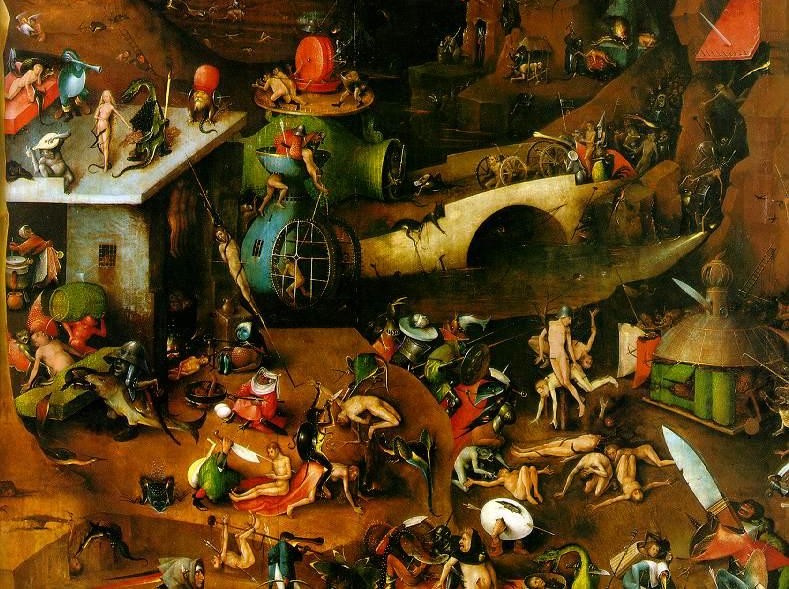
Cutting Edge Conformity Demon Design 101 Hieronymus Bosch!
Completed just before Dante died in 1321, it consists of three parts—Inferno, Purgatorio, and Paradiso.The Divine Comedy is a long poem recounting the author's journey among the damned in hell, guided by the Roman poet Virgil. Later, he is reunited with his beloved, Beatrice, who guides him up to purgatory, and then to Paradise, where, in a moment of ecstasy, Dante glimpses God.
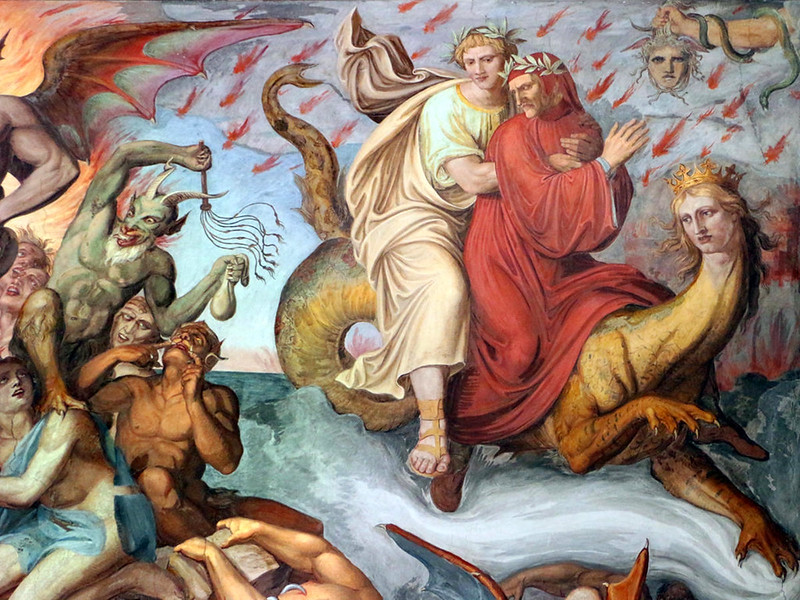
5 Historical Figures Feeling the Blues 5Minute History
Stradanus, Canto VIII (1587-1588) Flemish painter Jan van der Straet, known by his Italian name 'Stradanus,' completed a series of illustrations of the Divine Comedy between 1587 and 1588, currently preserved at the Laurentian Library in Florence. This illustration refers to Canto VIII, where the wrathful and slothful are punished.
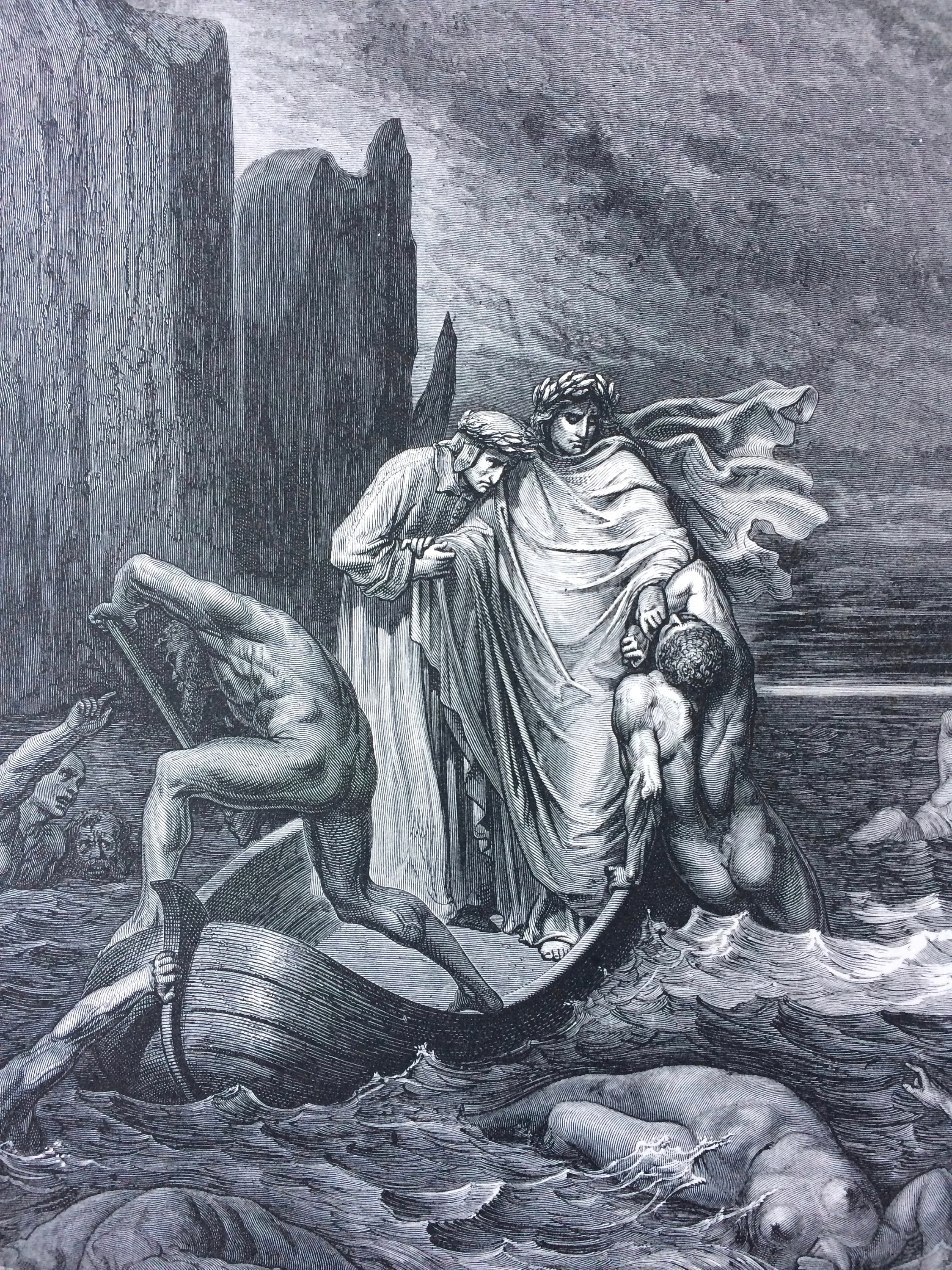
1870 Dante's Inferno Original Antique Gustave Dore Engraving Mounted
Become a Subscriber In this new spirit of independence, Bosch decided to abandon the Bible's version of hell, which emphasizes fiery punishment and destruction, and create a more fantastical.
/illustration-to-the-divine-comedy-by-dante-alighieri--abyss-of-hell---1480-1490--found-in-the-collection-of-the-biblioteca-apostolica-vaticana--486777773-5c3a03c246e0fb00016261f2.jpg)
A Guide to Dante's 9 Circles of Hell
The Sepulchres of the Heretics, by Botticelli, c. 1480 - 1495, via University of Aix-Marseille. The sixth circle of Dante's Inferno punishes the heretics. Dante, in red, and Virgil, in blue, are drawn throughout the canvas, to show the duo making their way through the circle. When Dante is shown alone, he is talking to a condemned soul.

BoschHell KULTURVERK
The Owl's Nest, Pen and bistre on paper, 140 × 196 mm. Rotterdam, Museum Boijmans Van Beuningen.. Hieronymus Bosch (/ h aɪ ˈ r ɒ n ɪ m ə s b ɒ ʃ, b ɔː ʃ, b ɔː s /, Dutch: [ɦijeːˈroːnimʏz ˈbɔs] ⓘ; born Jheronimus van Aken [jeːˈroːnimʏs fɑn ˈaːkə(n)]; c. 1450 - 9 August 1516) was a Dutch/Netherlandish painter from Brabant.He is one of the most notable.
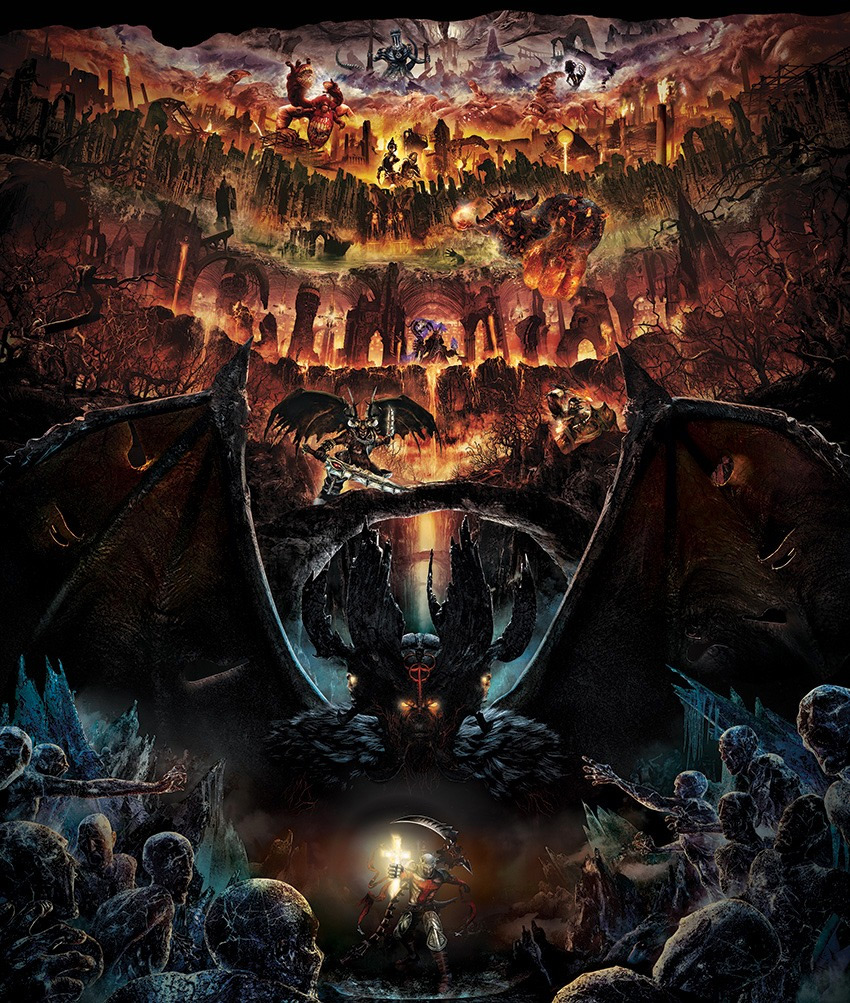
Dante's Inferno Art ID 59243 Art Abyss
The Map of Hell painting by Botticelli is one of the extant ninety-two drawings that were originally included in the illustrated manuscript of Dante's Divine Comedy. Artist. Sandro Botticelli. Year. mid-1480s-mid-1490s [1] Canto XVIII, part of the 8th circle of Hell. Dante and Virgil are each shown 6 times, descending through the 10 chasms of.
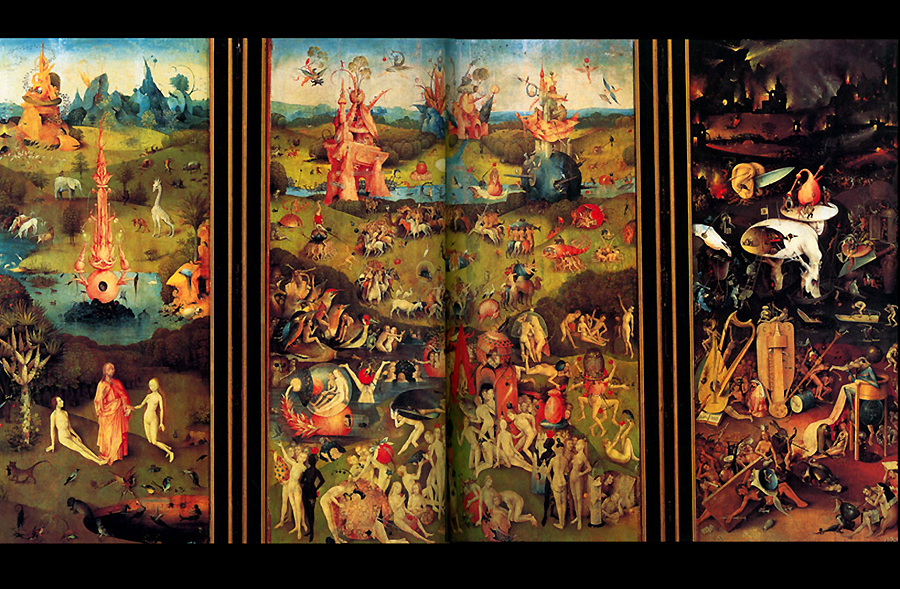
Dantes Inferno Painting Bosch BEST PAINTING
One important late medieval figure who played a key role in shaping the cultural concepts of life after death—even to the present day—is Dante Alighieri, the Florentine poet who was born in the 1260s and died in 1321. In his epic poem known as the Divine Comedy, Dante creates a fictional version of himself who travels through the farthest.
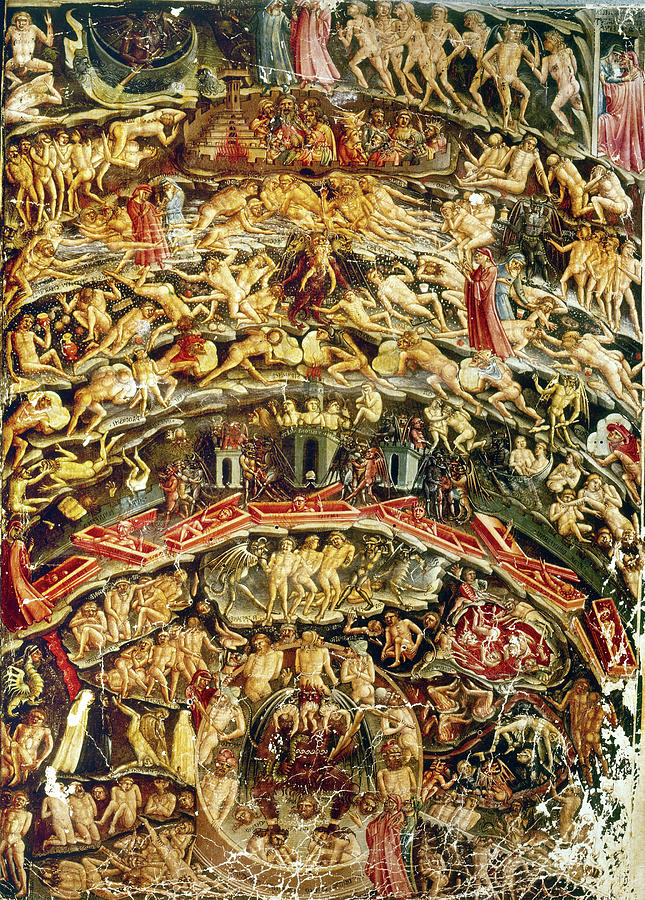
Original Dantes Inferno Painting at Explore
Dante's 'Inferno' is a journey to hell and back. Written more than 700 years ago, this terrifying epic poem is filled with damned souls, including Cleopatra, Judas Iscariot, and Dante's own enemies.
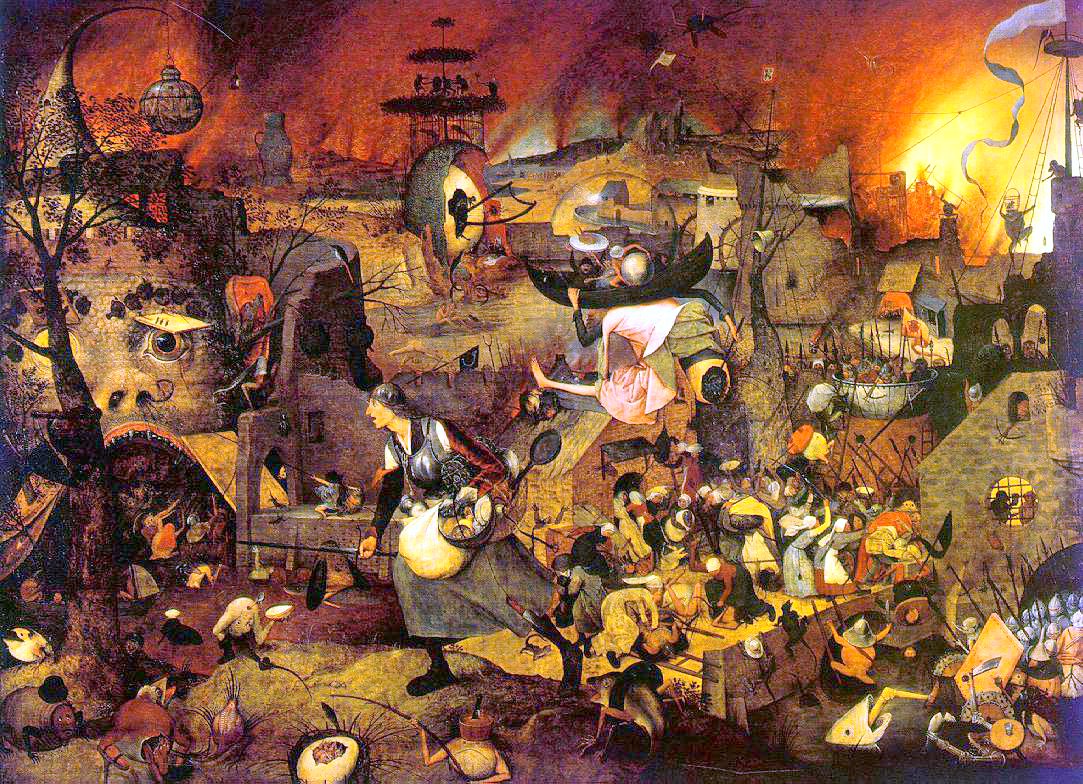
Dante's Inferno in The AnswerBank History
And while not explicitly Dantean, Hieronymus Bosch's depictions of Hell draw from Dante's poetry, and the same can be said about Michelangelo's Final Judgment, where the punishments the damned endure are inspired by the gory and vivid descriptions found in Dante's Inferno. Dante's work saw very little artistic representation in the seventeenth century.

Pin on Historical art and culture
Read More Triptych Of The Temptation Of St Anthony Analysis 772 Words | 4 Pages He was heavily influenced by Dante and greatly influenced later Renaissance writers. Bosch's " Triptych of The Temptation of St. Anthony" is a large oil painting on three different wood panels that represents the truth in a realistic manner.

Pin on PINTURA
Table of Contents. 1 La Divina Commedia: Dante's Inferno and Renaissance Art; 2 Famous Depictions of Hell in Art. 2.1 The Last Judgement (1306) by Giotto di Bondone; 2.2 The Last Judgement (1431) by Angelico Giovanni da Fiesole; 2.3 The Crucifixion; The Last Judgment (1440 - 1441) by Jan van Eyck; 2.4 Dante and the Three Kingdoms (1465) by Domenico Di Michelino; 2.5 Polyptych, Front Side.